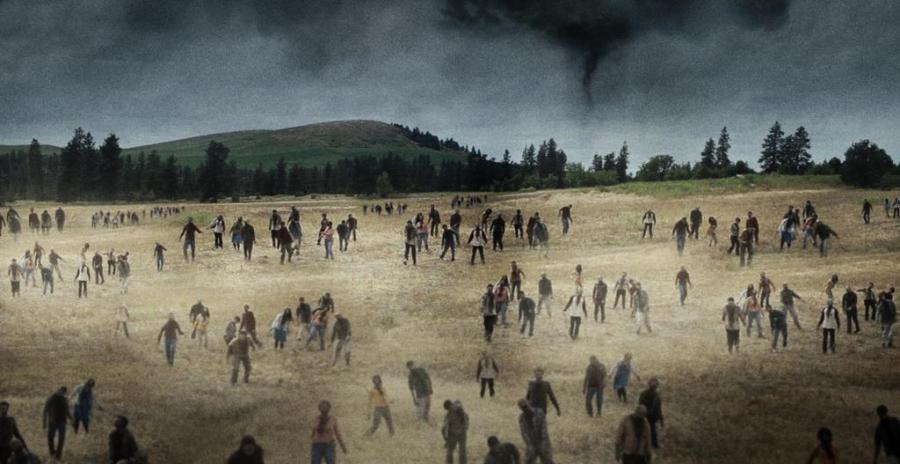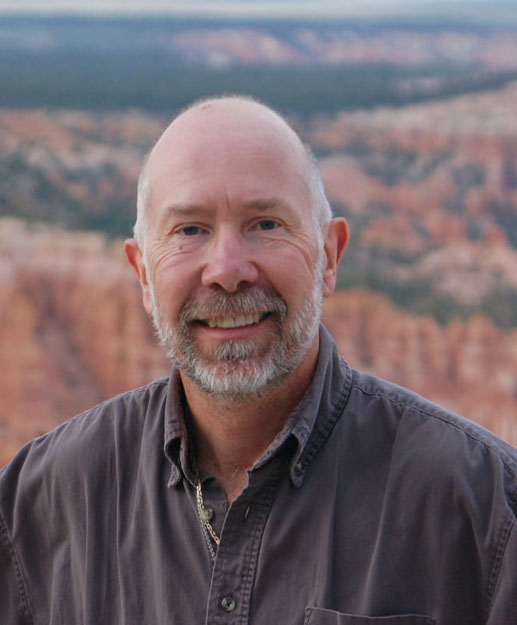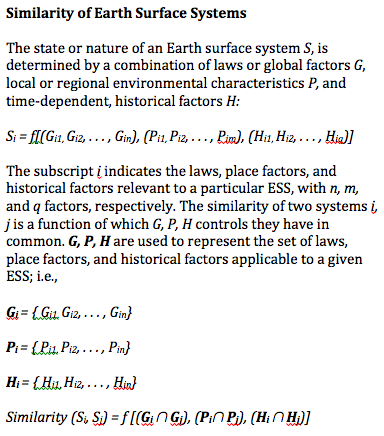Mapping Every Element: Paul Karan and the Geography of China
Paul Karan of the Geography department will be instructing a course on China's geography in the Spring semester. It isn't just about maps, as Karan explains in this podcast, but rather the different ways many major elements of human life can connect in one field of study. Karan also details how and why this course can be beneficial to anyone, even those outside of the Geography major.






